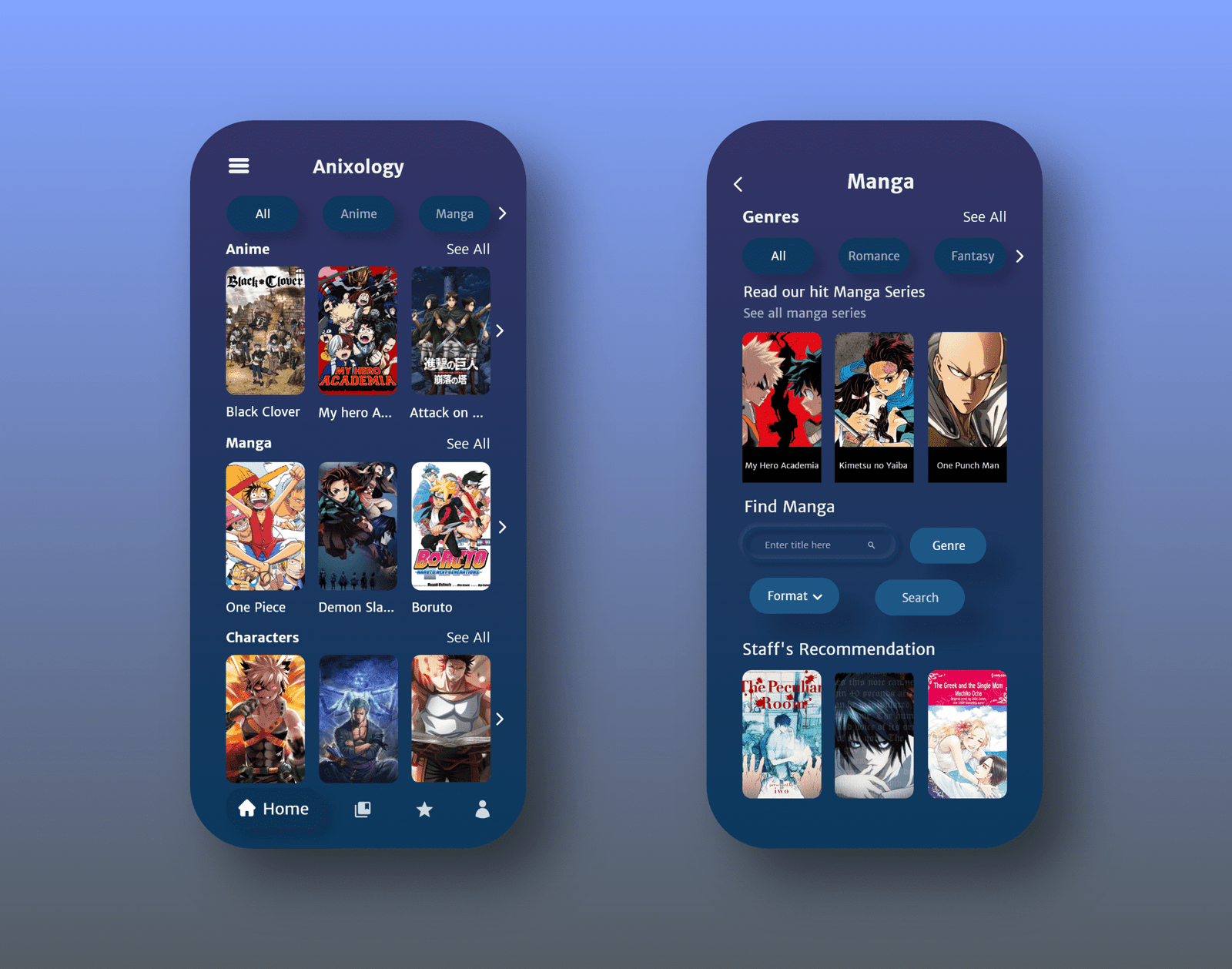Introduction
Anime is a unique form of entertainment that combines storytelling, art, and emotion in a way no other medium does. Originating in Japan, anime has become a global phenomenon, watched and loved by millions of fans across the world. The word “anime” is derived from the English word “animation,” but in Japan, it refers to any kind of animated work, whether it’s Japanese or foreign. However, outside Japan, the term anime specifically refers to Japanese animated shows and movies.
The History of Anime
Anime’s history dates back to the early 1900s. The first known Japanese animated film was made around 1917, and it was only a few minutes long. However, the real rise of anime began after World War II, when Japan started rebuilding its entertainment industry.
In the 1960s, a man named Osamu Tezuka, often called the “God of Manga,” played a major role in shaping anime as we know it today. He created Astro Boy (Tetsuwan Atom) — one of Japan’s first successful animated TV series. Tezuka’s style, featuring large expressive eyes and emotional storytelling, became the foundation for modern anime.
During the 1980s and 1990s, anime exploded in popularity both in Japan and internationally. Iconic films like Akira (1988), Ghost in the Shell (1995), and My Neighbor Totoro (1988) introduced anime to the global audience. In the early 2000s, series like Naruto, Dragon Ball Z, Pokémon, and One Piece made anime a household name around the world.
he Art and Style of Anime
Anime is famous for its distinct art style. While there are countless variations, several features make anime visually recognizable:
However, anime is not just about how it looks — it’s about how it feels. Artists use creative visuals to express feelings and themes that go beyond words. For example, background colors often change to match the characters’ emotions, and soundtracks are carefully chosen to intensify each scene.
Anime Genres and Types
One of the reasons anime is so popular is its diversity. There’s something for everyone, regardless of age or interest. Here are some of the main genres:
1. Shonen (少年) – For Teen Boys
-
Focuses on action, friendship, and growth.
-
Examples: Naruto, Dragon Ball Z, One Piece, Attack on Titan.
2. Shojo (少女) – For Teen Girls
-
Often centered on romance, emotions, and relationships.
-
Examples: Sailor Moon, Fruits Basket, Ouran High School Host Club.
3. Seinen (青年) – For Adult Men
-
More mature themes, violence, and psychological depth.
-
Examples: Tokyo Ghoul, Berserk, Death Note, Vinland Saga.
DOWNLOAD
Famous Anime Studios
Behind every great anime is a talented studio that brings it to life. Some of the most famous studios include:
-
Studio Ghibli – Known for masterpieces like Spirited Away, Howl’s Moving Castle, and My Neighbor Totoro. Their films are often compared to Disney’s works for their beauty and emotional power.
-
Toei Animation – Created iconic series like Dragon Ball, One Piece, and Sailor Moon.
-
Madhouse – Known for high-quality anime such as Death Note, One Punch Man, and Hunter x Hunter.
-
Why People Love Anime
Anime is more than just animation — it’s emotion, creativity, and imagination combined. Here’s why it connects so deeply with people:
-
Emotional Depth: Anime explores powerful themes — love, friendship, loss, courage, and self-discovery. Shows like Your Name and A Silent Voice can make audiences laugh, cry, and think deeply.
-
Relatable Characters: Even in fantasy worlds, anime characters face real-life struggles, such as fear, loneliness, and ambition.
-
Visual Beauty: Anime often looks stunning, blending artistic creativity with cultural symbolism.
-
Unique Storytelling: Unlike many Western shows, anime doesn’t always follow predictable plots. It can be tragic, philosophical, or surreal.
-












